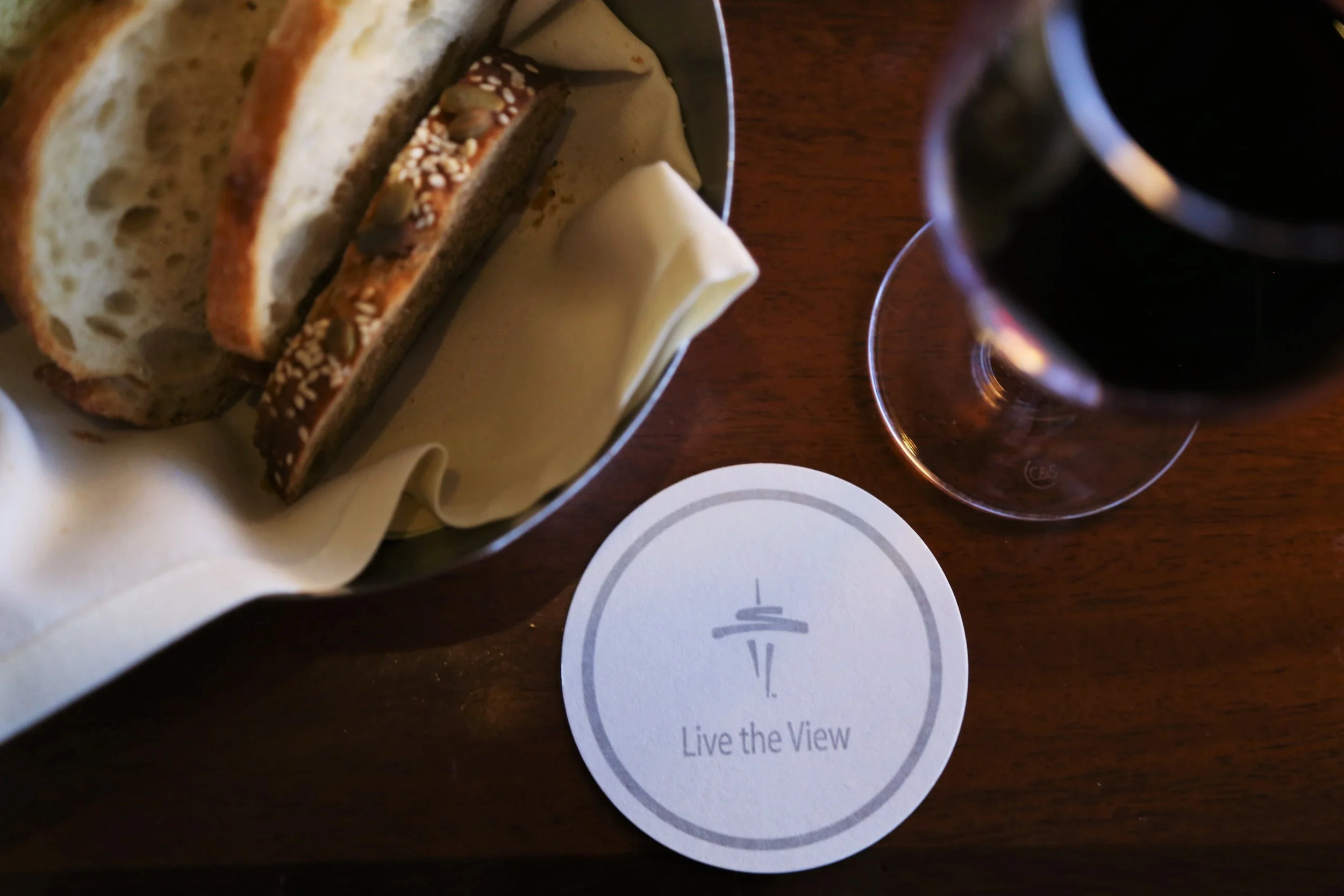Remember when we were younger and fussy about eating new things? My mom always told me to try something first before deciding if I hated it. As I grew, so did my palate. I stopped rejecting onions and hot sauce simply because I finally gave them a try. Over time these flavors became important, and even desirable for me.
Wine is as varied as food when it comes to what appeals to people. A delicious soave for me will taste astringent to another. So it makes good sense to try many varietals and styles of wine as you learn what appeals to you.
However, wine can be an expensive hobby. We can learn the primary varietal characteristics and hope that a bottle featuring that grape lives up to its promise. While we can’t guarantee every bottle or vintage, we can taste. I believe that wine shops that feature customer tastings are the real heroes of the Novice Wine Drinker. So here are four small bottle shops in Seattle that offer patrons a chance to try a few sips before diving right in to a whole bottle (or case!) purchase.
Wine selections at Bin 41
Bin 41, West Seattle
Located in the West Seattle Junction, Bin 41 is a beautiful, well-stocked wine shop that focuses on client service. The proprietors will walk you through your menu and help find the best-paired wine from their collection. They offer weekly themed tastings on Thursdays for $5, with the fee rolled into whatever bottle purchase you ultimately make. The wine stock is centered on small production, family-operated wineries.
Pro Tip: Love animals? So do the owners, so much so that they routinely donate proceeds from their own wine and special fundraising events to animal rescue organizations.
Tasting room at Portalis
Portalis, Ballard
Near to my heart, this is my neighborhood wine shop. I often walk down and have been seen lugging a half case the 10 blocks home. Portalis stocks an eclectic mix of wines, beers, and other beverages in the shop’s new home at NW 70th Ave and 15th Ave NW. Seriously good and rare imports here. Portalis has a beatuful private tasting room replete with referenceable wine region maps. With free tastings Wednesdays through Sundays, you can expect to taste a varietal flight, focus on a certain region, or meet a winemaker. Check the shop’s website often to find out what’s up next.
Pro Tip: Jens of Portalis also owns a wine import company, so if you’re looking for something rare or unusual, he’s a good man to know!
Tasting wines from Tranche Vineyards at Vino Verite
Vino Verité, Columbia City
Recently relocated from Capitol Hill to the bustling main street of Columbia City, Vino Verité is Columbia City’s only dedicated wine shop. Here the owners are laser focused on value for their selections: Wines that are both delicious AND at the right price points. Thursday are tasting nights with complimentary pours of about five wines between 5-8 pm. Frequented by a mixture of walk-ins and regulars, the shop has taken hold in the neighborhood over the past year. I left with what promises to be a glorious bottle of Grüner Veltliner — how could I not?
Pro Tip: Every single wine on the shelves has been tasted and verified as DELICIOUS so you won’t buy any duds here. Good wine AND good value!
Madrona Wine Merchants, Madrona
Back when I lived on Capitol Hill, Madrona Wine Merchants was a wonderful weekend walking destination. Tucked into a small shop on 34th Ave, they always seemed to have something open to taste. The owners really like to showcase the wines they love with the neighborhood and enjoy sharing “true bargains” with their loyal clientele. I have never been disappointed with their weekend tastings and lament the fact I don’t get over to that side of town as frequently anymore.
Pro Tip: These gents focus on wine producers with deep respect for both their craft and the land, whether that’s sustainable farming, biodynamic practices, or organic wine making. For the conscientious wine collector, Madrona Wine Merchants is a great choice.
All four shops advertise their tasting schedules on their websites and offer email newsletter updates. If you live in Seattle, I encourage you to give your neighborhood shop a swirl and a sip. From out of town? These are great places to learn more about Seattle’s wine culture. Salud!
Amy L. Dickson is a communications professional, freelance writer, and contributor to Rain or Shine Guides. She’s currently training at the NW Wine Academy for her Level 1 sommelier certification. Follow her at @amyldickson75


















